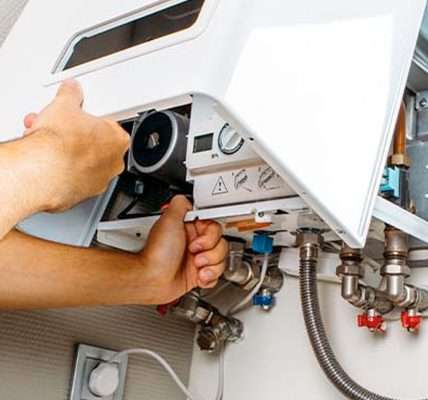Cultivating a vibrant flower garden, even in a limited area, is entirely achievable and incredibly rewarding. The key lies in strategic planning and utilizing space-saving techniques. Whether you have a tiny balcony, a small patio, or just a neglected corner of your yard, you can transform it into a blooming paradise. This guide will explore the essential steps and clever tricks for creating a stunning flower garden in a small space, ensuring you maximize beauty and enjoyment.
Planning Your Small Flower Garden
Before you even think about seeds or soil, careful planning is crucial. Consider these factors:
- Sunlight: Observe how much sunlight your chosen space receives throughout the day. Most flowering plants need at least 6 hours of sunlight to thrive. Partial shade options exist, but knowing your sunlight conditions will dictate your plant choices.
- Soil: Healthy soil is essential for healthy plants. If your soil is poor, consider amending it with compost or using raised beds or containers filled with high-quality potting mix.
- Space: Accurately measure your planting area. This will help you determine how many plants you can realistically accommodate and what size containers you can use.
- Style: What kind of aesthetic are you aiming for? A cottage garden? A modern, minimalist design? Choose plants that complement your desired style.
Choosing the Right Flowers for Small Spaces
Selecting compact and well-behaved flower varieties is vital for maximizing your small garden. Consider these options:
- Compact Annuals: Petunias, pansies, impatiens, and marigolds come in various compact varieties perfect for containers and small beds.
- Dwarf Perennials: Dwarf lavender, creeping thyme, and dianthus are excellent choices for adding lasting color and texture without overwhelming your space.
- Vertical Growers: Climbing vines like clematis or morning glories can be trained up trellises or walls to add height and visual interest.
- Container-Friendly Flowers: Geraniums, begonias, and calibrachoa thrive in containers and offer a wide range of colors.
Techniques for Maximizing Space
Creative planting techniques can help you make the most of your limited area:
- Vertical Gardening: Utilize walls, fences, and trellises to grow climbing flowers and create a stunning vertical display.
- Container Gardening: Group containers of different sizes and shapes to create visual interest. Consider using hanging baskets to add another layer of planting space.
- Raised Beds: Elevate your planting area to improve drainage and soil quality. Raised beds also make gardening more accessible.
- Interplanting: Plant flowers among vegetables or herbs to maximize space and create a diverse and visually appealing garden.
Caring for Your Small Flower Garden
Regular maintenance is essential for keeping your small flower garden thriving:
- Watering: Water deeply and regularly, especially during hot, dry weather. Check the soil moisture before watering to avoid overwatering.
- Fertilizing: Feed your plants regularly with a balanced fertilizer to promote healthy growth and abundant blooms.
- Deadheading: Remove spent flowers to encourage continuous blooming.
- Pest Control: Monitor your plants for pests and diseases and take action promptly to prevent problems from spreading.
The most important thing to remember when learning how to plant a flower garden in a small space is to be patient and enjoy the process. It may take some experimentation to find the perfect combination of plants and techniques for your specific space, but the results will be well worth the effort. Remember also to research your specific plant needs as well. Happy gardening!
FAQ: Planting a Flower Garden in a Small Space
- What are the best flowers for a shady small garden?
- Impatiens, begonias, and hostas are excellent choices for shady areas.
- How often should I water my container garden?
- Container gardens tend to dry out quickly, so check the soil moisture daily and water when the top inch feels dry.
- What kind of fertilizer should I use?
- A balanced fertilizer (e.g., 10-10-10) is generally a good choice for flowering plants. You can also use a fertilizer specifically formulated for flowers.
- How do I protect my plants from pests?
- Inspect your plants regularly for pests. Use insecticidal soap or neem oil to control infestations. You can also attract beneficial insects to your garden by planting flowers that attract them.
Learning how to plant a flower garden in a small space may seem daunting, but with careful planning and the right techniques, anyone can transform even the tiniest area into a beautiful oasis.

